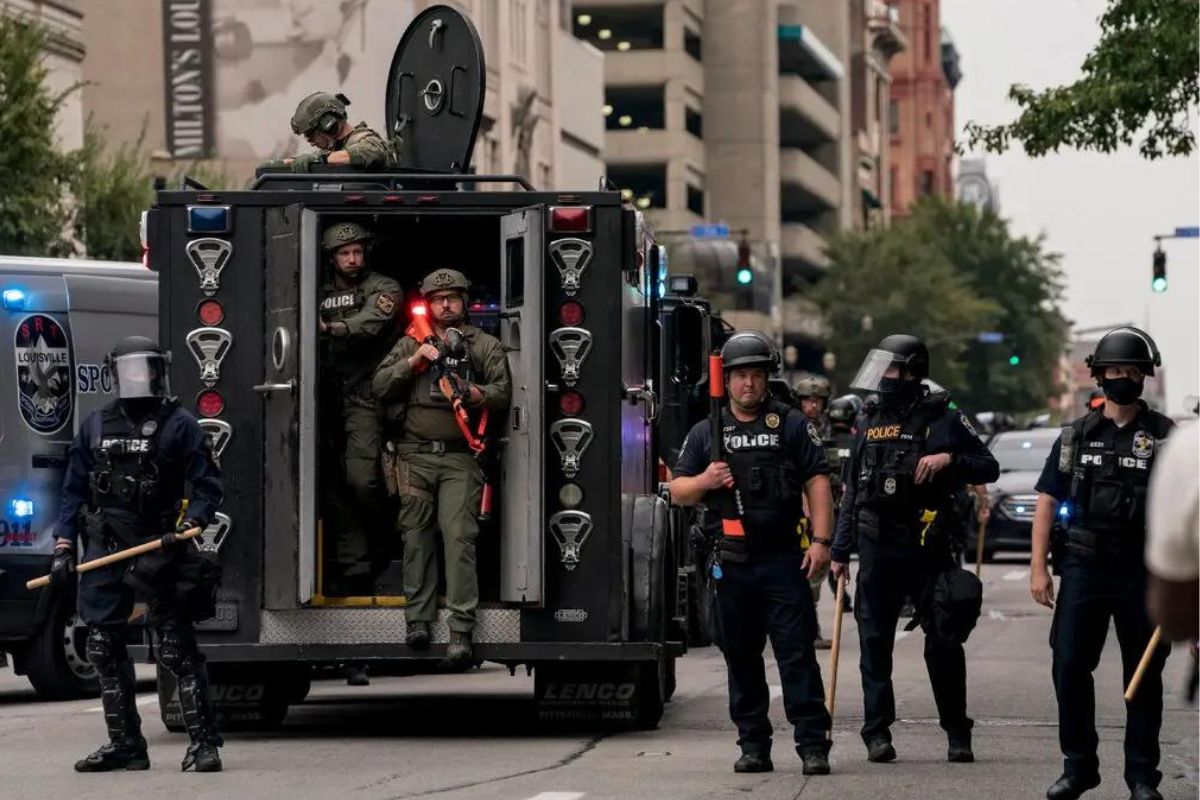The opioid crisis, a battle that has gripped nations, now encounters a significant juncture as funds from pharmaceutical settlements enter the fray. With potentially over $50 billion at play, states and communities grapple with the delicate task of fund allocation. However, as the distribution begins, diverse perspectives emerge, sparking discussions around optimal resource utilization and the role of law enforcement.
A Mosaic of Priorities
The Roadmap for fund allocation appears diverse. States and localities are directing funds towards overdose reversal drugs, addiction treatment medications, and specialized wound care vans for those suffering from drug-related infections. Simultaneously, law enforcement receives allocations for resources like cruisers, overtime pay, technology for investigations, body scanners, and restraint devices.
Navigating Ambiguity
Within this intricate framework, ambivalence arises. Chester Cedars, chair of Louisiana’s advisory opioid task force, reflects uncertainty about funneling funds into law enforcement activities. The vague term “law enforcement expenditures related to the opioid epidemic” raises questions about the breadth of its interpretation.
Advocacy for Holistic Approaches
A coalition of 133 groups, spanning addiction specialists, legal aid organizations, and outreach groups, stands united in advocating specific fund priorities. Their recommendations extend beyond law enforcement, focusing on housing for recovery, expanded access to syringe exchange programs, testing strips for potent substances, and addiction-targeted medication. The explicit stance is against allocating funds for law enforcement personnel, overtime, or equipment.

Beyond the Financial Facade
Yet, beyond the monetary figure’s magnitude, a sobering reality emerges. The extent of the opioid crisis, which is defined by potent substances like fentanyl, dwarfs the impact of these funds, which were distributed over an 18-year period. This comparison highlights the complexity of the issue and the challenges of effectively using these resources.
Drawing from History
The specter of the Big Tobacco settlement’s aftermath looms, serving as a cautionary tale. Transparent allocation and the need to prevent missteps from earlier settlements underscore the importance of prudent fund utilization. The challenge is to ensure that the intended impact is realized and history does not repeat itself.
Orchestrating Transparency
Aware of the pitfalls, committees are formed to oversee fund distribution, with law enforcement holding a minority position. This approach aims to channel funds across a spectrum of needs, avoiding a singular focus.
Multiple Visions
Amidst the chorus of voices, a variety of perspectives surface. Some argue that addressing drug-related arrests is crucial to combating the crisis, necessitating funds for resources like detectives and equipment. This perspective resonates with Samuel Sanguedolce, a district attorney in Pennsylvania, who sees these funds as a means to enhance law enforcement efforts.
Blurred Lines: Law Enforcement and Healthcare
The intersection of law enforcement and healthcare blurs in many regions, where police also serve as emergency responders. This nuanced role adds complexity to the debate. Louisiana, for instance, designates a considerable portion of its opioid funds for parish sheriffs, emphasizing the intricate interplay between the two domains.

Forging the Way Forward
The allocation process also raises concerns about faith-based rehab programs that prohibit certain medications proven effective for addiction treatment. These choices spark ethical and practical debates within the public health community.
The Accountability Conundrum
As funds find their designated recipients, questions of accountability arise. Ensuring that funds are allocated effectively becomes an imperative with a nuanced web of enforcement mechanisms. Christine Minhee, operator of the Opioid Settlement Tracker, emphasizes the importance of political processes in ensuring responsible allocation.
A Continuing Struggle
The path ahead is challenging. Balancing diverse priorities, fostering transparency, and leveraging these funds to address the opioid crisis effectively is a collective endeavor. It’s a commitment to forging change while remembering the lessons of history.
